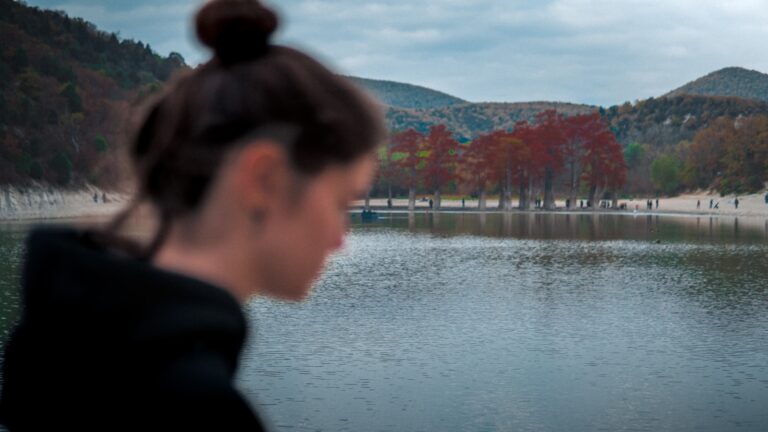TRADITION OF MERCENARY
There is also a place that no visitor to Lucerne can miss: the Lion Monument, also known as the Lion of Lucerne located not far from the old town.
It was designed by the renowned Danish sculptor of that time, Bertel Thorvaldsen, and executed by Lucas Ahorn, a German craftsman, based on the idea of Karl Pfyüer von Altishofen, a Swiss mercenary.
The monument is about 6 meters high and 10 meters long, but it is nestled in a mountain alcove, a sculpture carved directly into the mountain, surrounded by a lake and greenery. Inaugurated in 1821, it is considered one of the most famous sculptures in Europe due to its artistic value and the tragic story behind it.
The monument depicts a lion lying in repose, eyes closed, with a sorrowful expression.It was stabbed by a spear, blood staining a large part of its back. But the lion still displays its majesty and dignity through that posture, like a defeated warrior who does not bow down in submission.
The monument is dedicated to the Swiss mercenaries who sacrificed themselves to protect the royal family at the Tuileries Palace on the outskirts of Paris during the French Revolution in 1792. When weapons and ammunition gradually ran out, they sacrificed themselves one by one without knowing that the entire French royal family had evacuated the palace beforehand. In the end, as many as 850 soldiers were sacrificed, captured, and subsequently killed. A tragic event in the history of the Swiss mercenaries from Central Switzerland.
So, the sorrowful lion is not only saddened by the defeat but also by being abandoned by those it served.Standing before the Lion of Lucerne, hearing its story, anyone’s heart would surely feel bitter. More than 100 years ago, when he visited there, the American writer Mark Twain remarked, “The saddest and most moving stone sculpture in the world.”
Swiss mercenaries have a tradition of serving abroad. If you have the chance to visit the Vatican, you will see their descendants. They are famous for their courage and dedication to their work.
Lucerne is also among the “watch cities” of Switzerland. Here, this timepiece is considered an attractive heritage, a vibrant and modern element that draws tourists. When we entered a watch store, we saw a person with black hair and yellow skin just finishing buying a watch, putting it on their left wrist, and raising it as if to show off to everyone around: “I bought an authentic Swiss watch!”
Surely, buying watches from brands like Rolex, Omega, Patek Philippe… on-site means you won’t have to worry about counterfeit products, and the prices are much cheaper than in other places. When leaving Switzerland, you can also get a refund on the value-added tax.
But surely also they are not meant for those with tight wallets: the cheapest one costs up to
8,000 US dollars; the most expensive one, up to 200,000 US dollars! However, we did not see any million-dollar watches for the super-rich on sale in the store we visited.
Speaking of watches, everyone knows that Switzerland is the leading country in both the quantity of luxury brands and high quality. But in fact, it was the talented French watchmakers who migrated here in the mid-16th century that contributed to the gradual rise of watchmaking in Switzerland to its peak, especially wristwatches.

After exploring part of the city of Lucerne, mainly the oldest district, by evening, we were taken to rest in a hotel on the outskirts of Lucerne. Surely because it was cheap. But being cheap and located in the suburbs does not mean poor quality.What we experienced here were clean, spacious rooms, delicious breakfast, and professional service.
It can be said that this hotel is no less than a 4-star hotel in other parts of Western Europe. 
Later, I had the opportunity to meet some young Vietnamese who studied tourism and hospitality in Switzerland, and I learned that the tourism and hospitality services in that country are highly regarded.
Graduating in these two fields from Swiss universities means you will never have to face unemployment.



